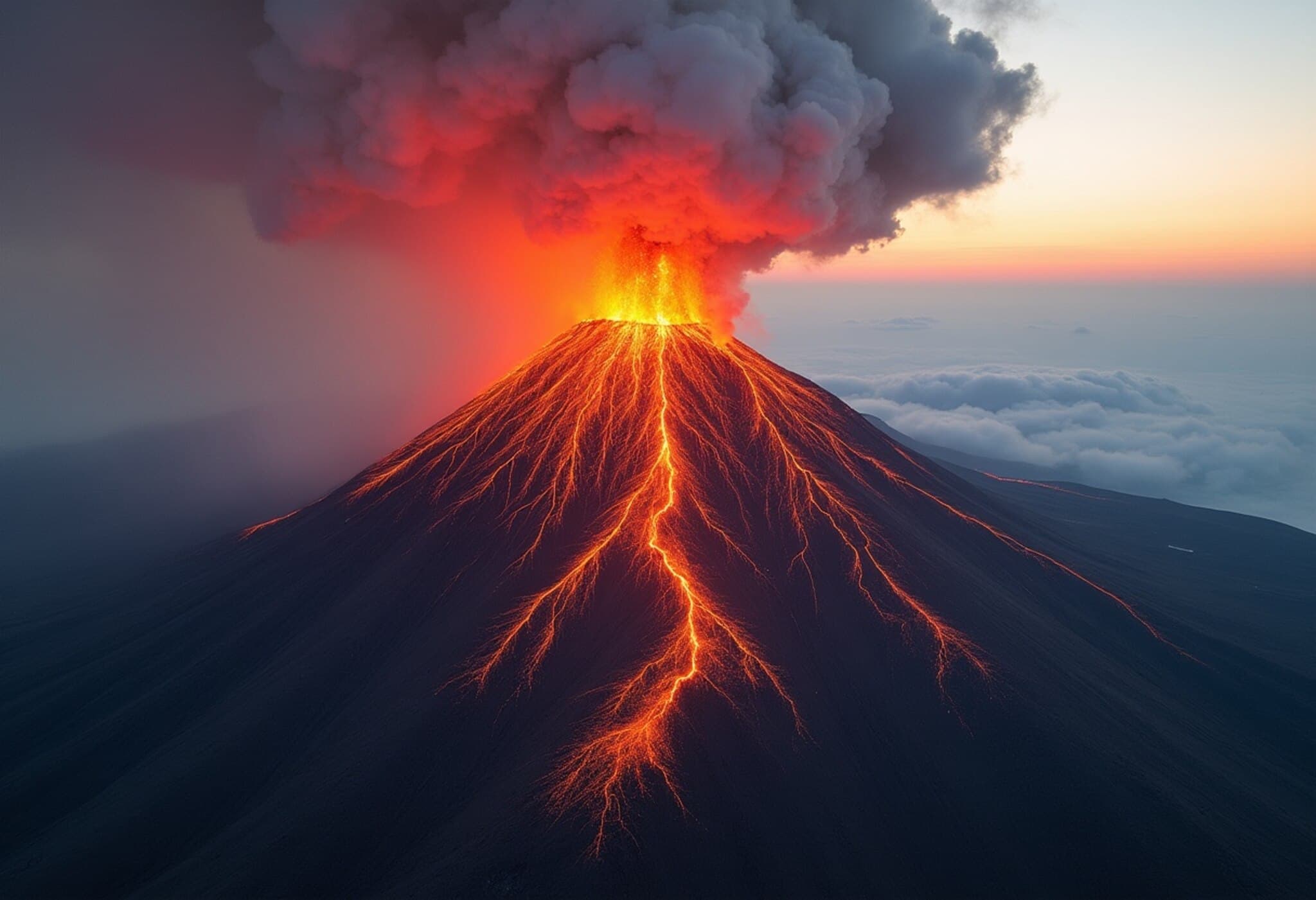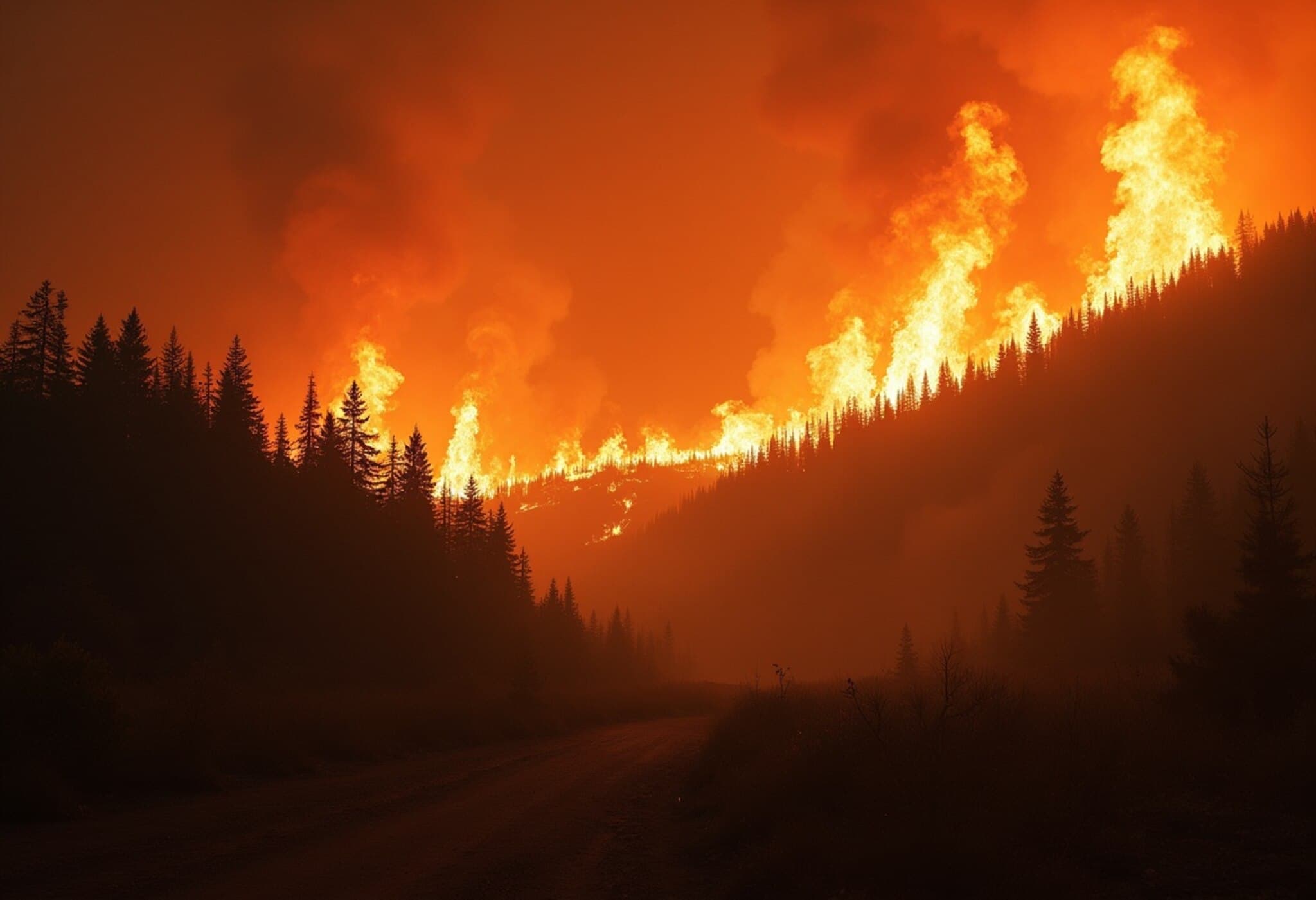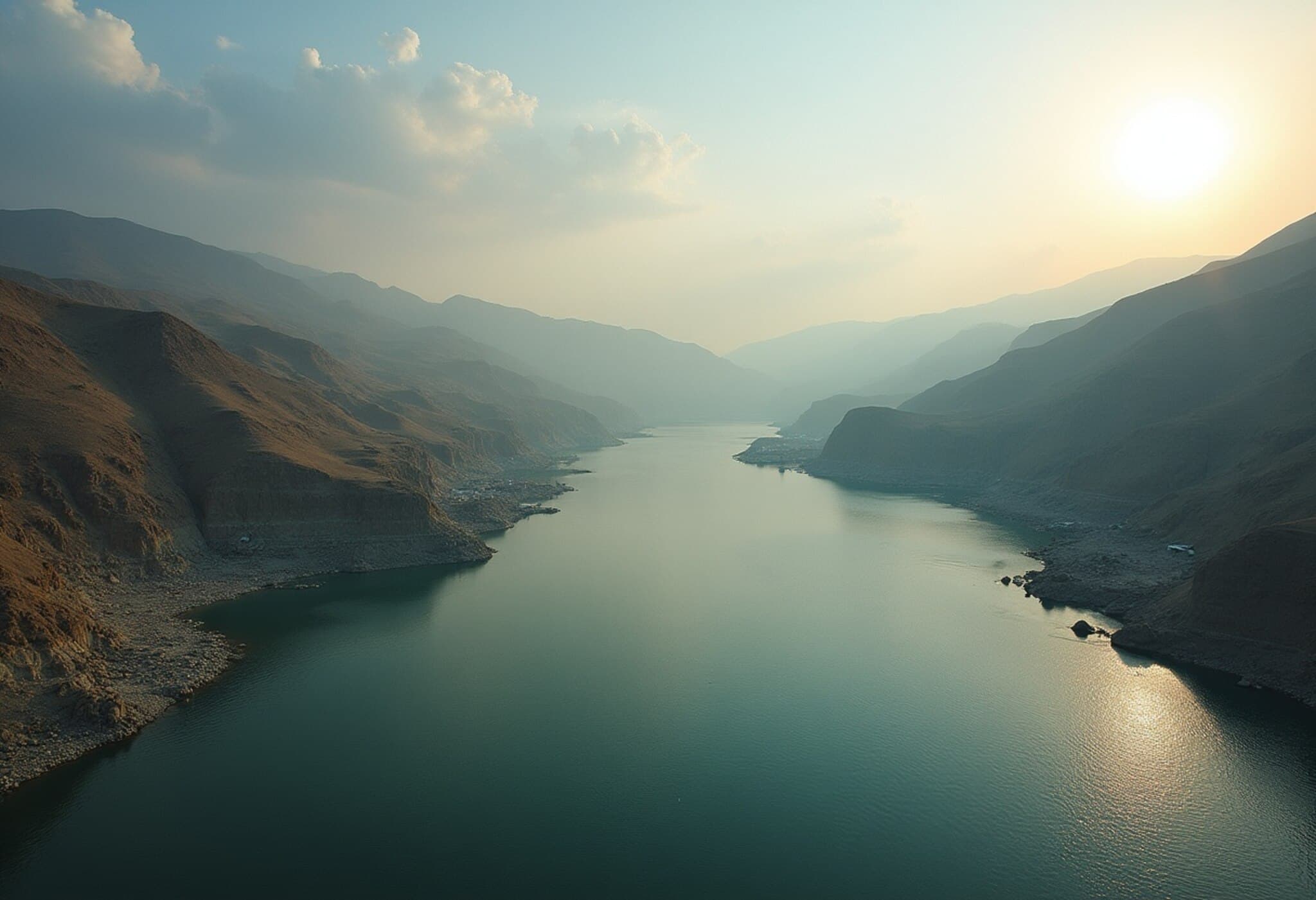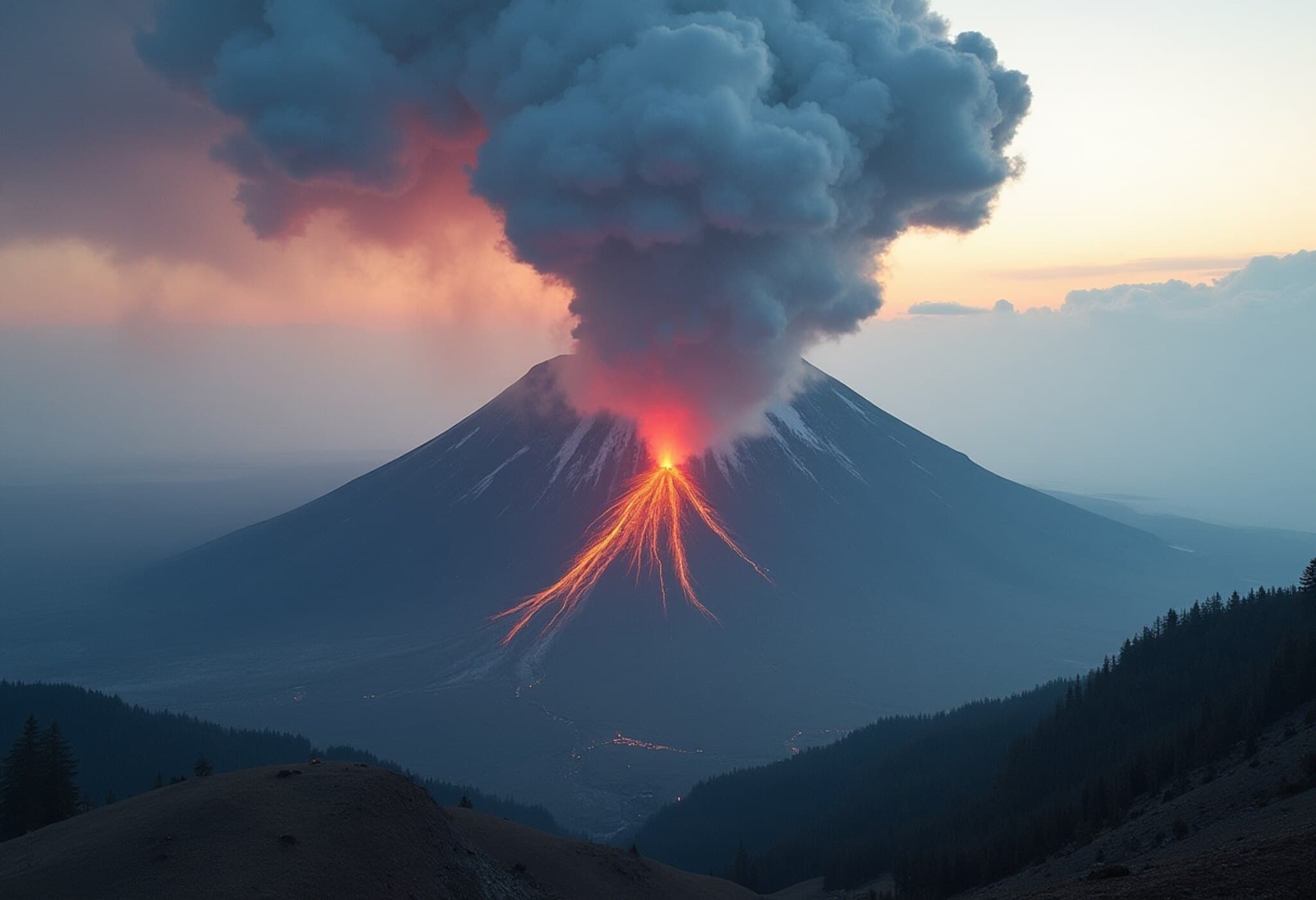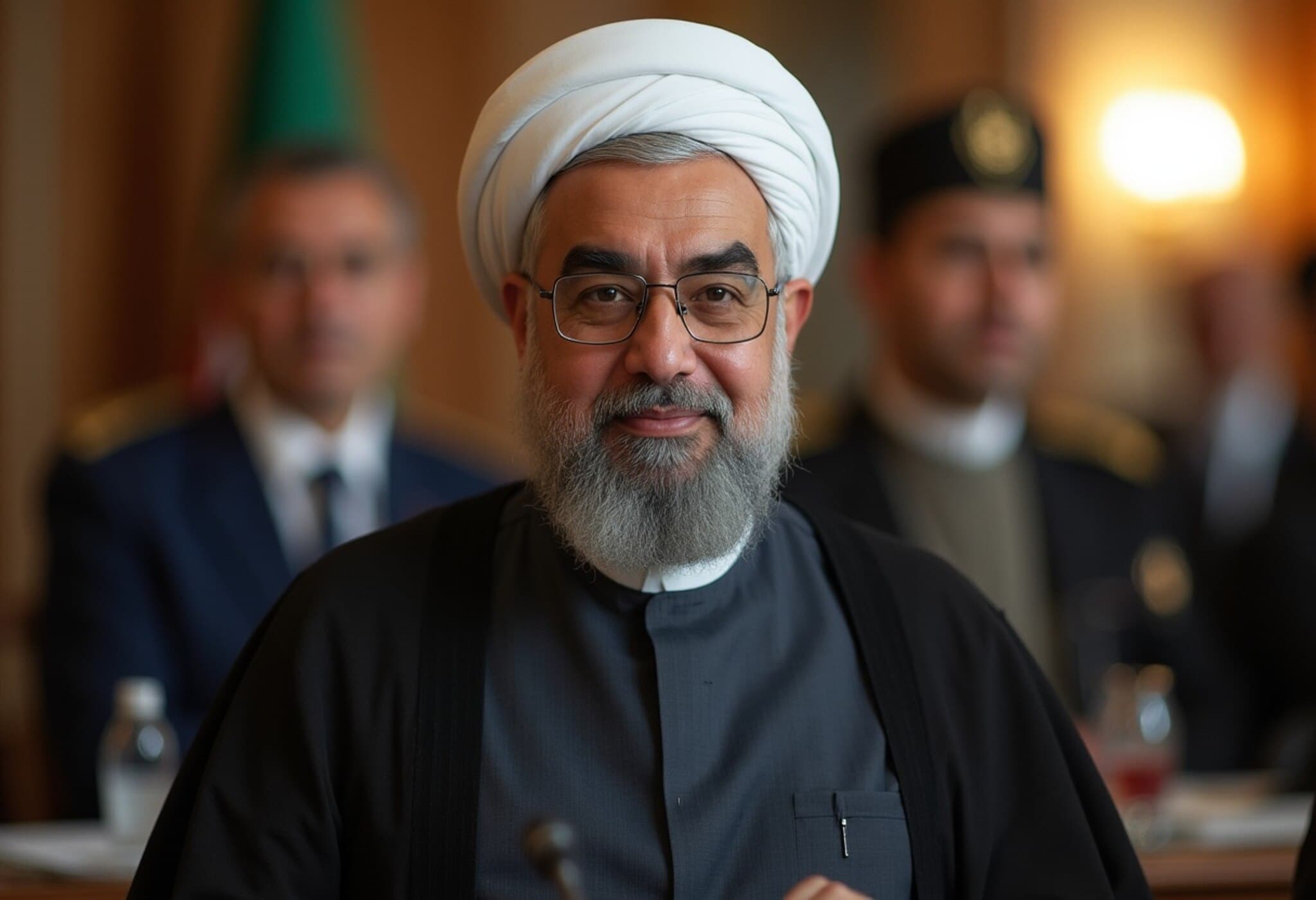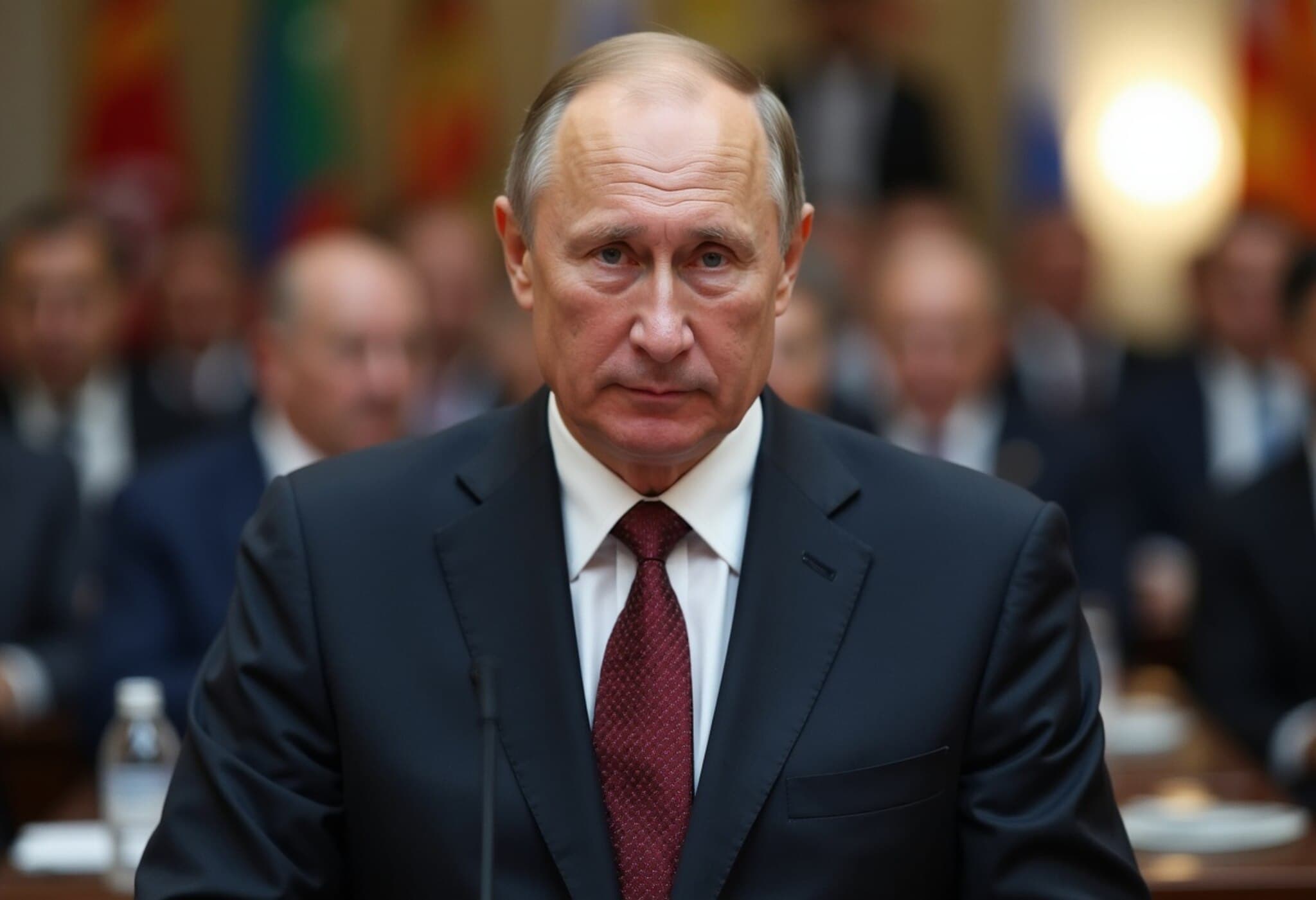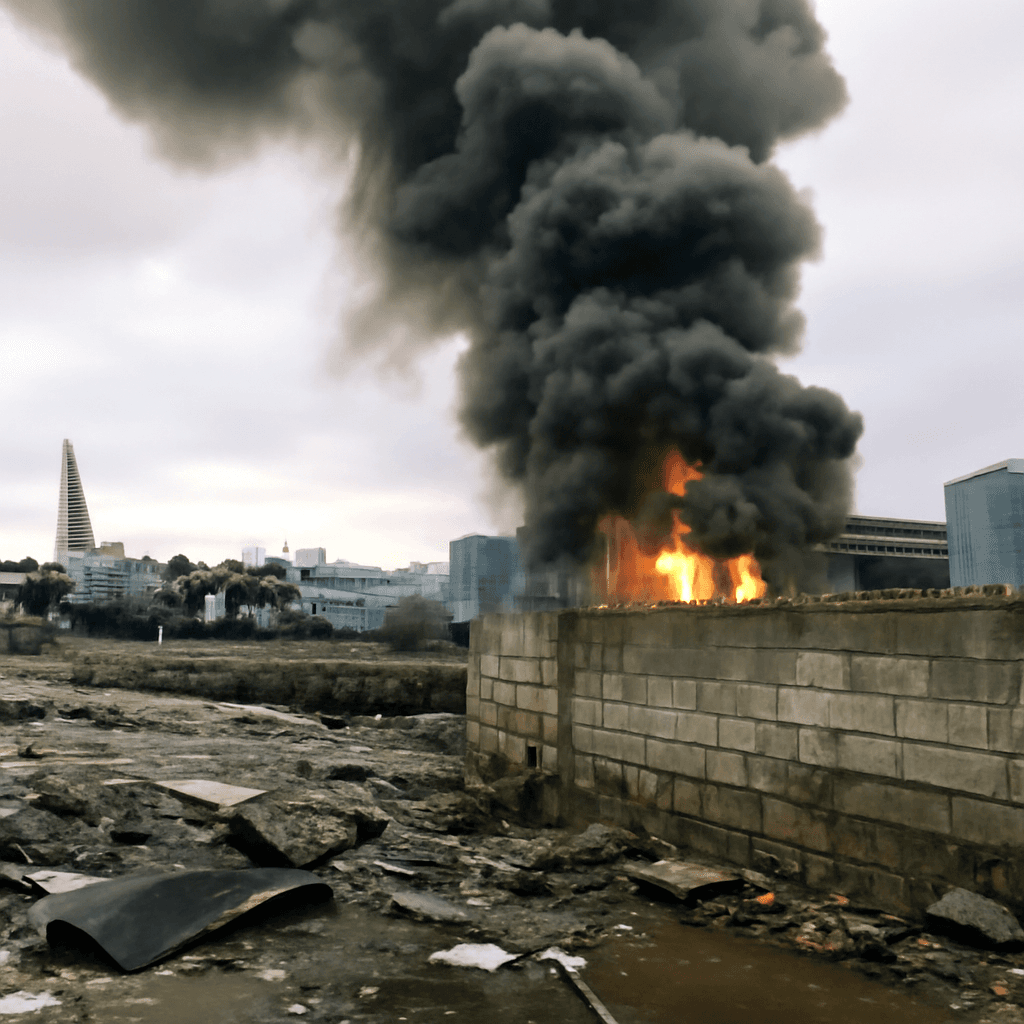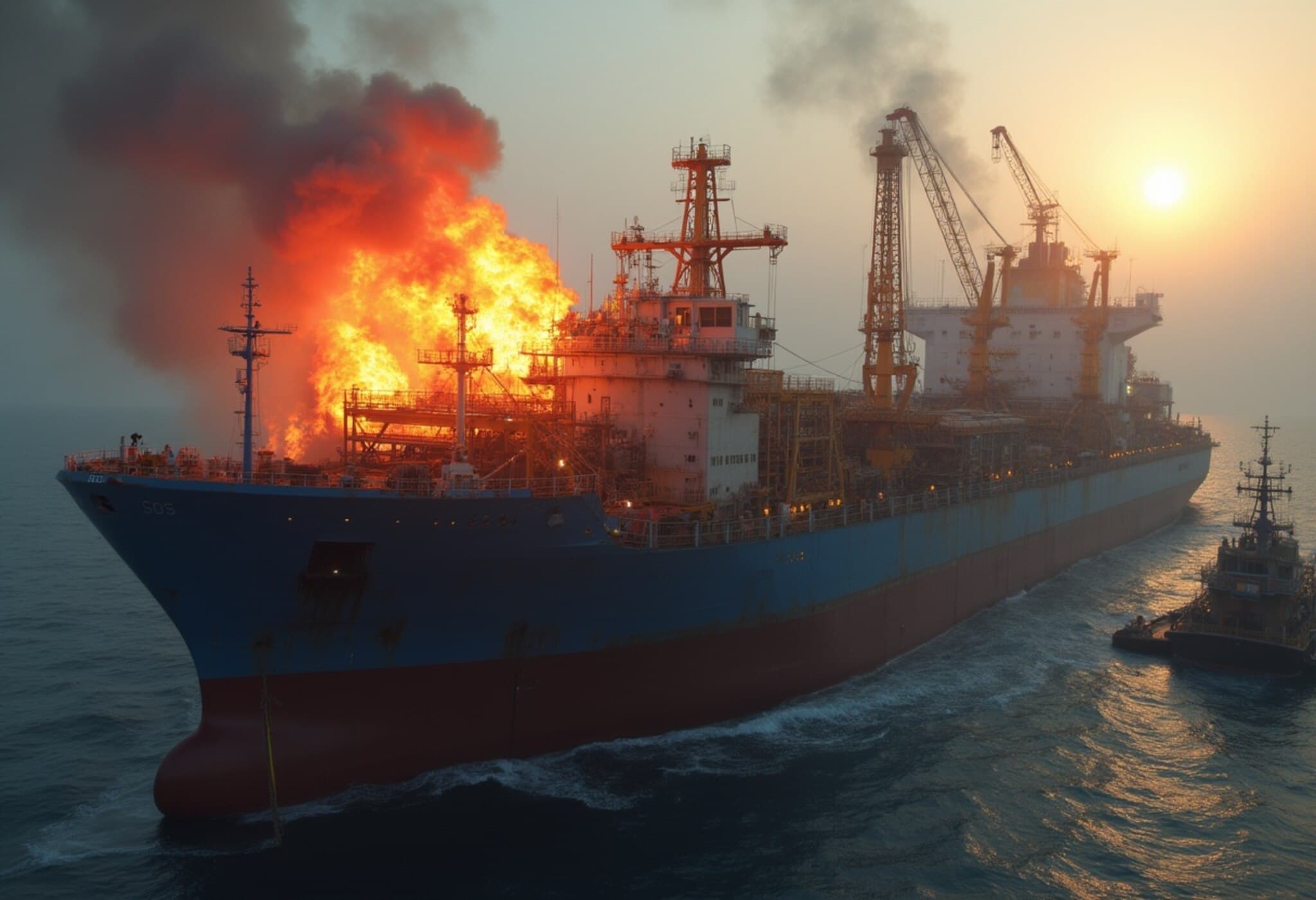Historic Eruption: Russia’s Tolbachik Volcano Awakens After Half a Millennium
In a stunning geological event that has captured the attention of scientists and the public worldwide, Russia’s Tolbachik volcano erupted for the first time in over 500 years. This rare and dramatic display of natural power unfolded on August 3, 2025, shaking the Kamchatka Peninsula, a region renowned for its volcanic activity and rugged wilderness.
Significance of the Eruption
Tolbachik’s reawakening is more than just a spectacular natural occurrence; it offers a priceless window into Earth’s volcanic processes that have been dormant since the 16th century. According to volcanologists, the last confirmed eruption of this volcano dates back around 500 years, making this event a landmark moment in the ongoing study of volcanology and climate impact.
Scientific Community Reacts
Experts stress that such a prolonged dormancy followed by an eruption can tell us a great deal about magma chamber dynamics, tectonic movements, and eruption forecasting. Dr. Elena Petrova, a leading volcanologist with the Russian Academy of Sciences, remarked, "Tolbachik’s eruption helps us understand not only the geological history of the Kamchatka region but also informs risk assessments around the Pacific Ring of Fire, which affects millions of lives globally."
Environmental and Global Impact
Volcanic eruptions of this scale invariably affect local air quality and ecosystems through ash dispersion and lava flows. In the short term, local communities have been advised to monitor air quality and travel plans due to the ash plume reaching several kilometers up into the atmosphere. Over the longer term, the ash cloud could influence weather patterns by reflecting sunlight and possibly cooling regional temperatures temporarily.
Regional and Economic Perspectives
The Kamchatka Peninsula, while sparsely populated, is a hotspot for scientific research and eco-tourism. The eruption is expected to draw a surge of interest from both experts and tourists keen on witnessing this rare natural spectacle. Nonetheless, authorities remain vigilant, balancing public safety with these economic opportunities.
Unfolding Developments and Monitoring
- Russian volcanological institutes have ramped up monitoring efforts, deploying drones and ground sensors for continuous observation.
- International cooperation has been initiated, with satellite data being shared globally for real-time analysis.
- Emergency protocols are in place to manage any potential escalations or hazards affecting nearby communities.
Looking Ahead: Questions Beyond the Eruption
While the eruption is a fascinating event in itself, scientists and policy analysts emphasize the importance of exploring deeper questions: How might this eruption alter the seismic stability of the region? Could it signal changes in activity for neighboring volcanoes? What long-term climate effects might unfold?
Moreover, with climate change influencing glacial melt and tectonic stresses, understanding the context and consequences of this eruption becomes a critical puzzle piece in global environmental monitoring.
Editor’s Note
The Tolbachik volcano’s long silence and sudden eruption remind us of nature’s unpredictable rhythms and the delicate balance between geological forces and human life. Beyond the dramatic footage and media attention, this event underscores the need for sustained scientific research and disaster preparedness, especially in regions sitting atop the volatile Pacific Ring of Fire. As global citizens, staying informed and responsive to such natural phenomena is essential for resilience and stewardship of our planet.

